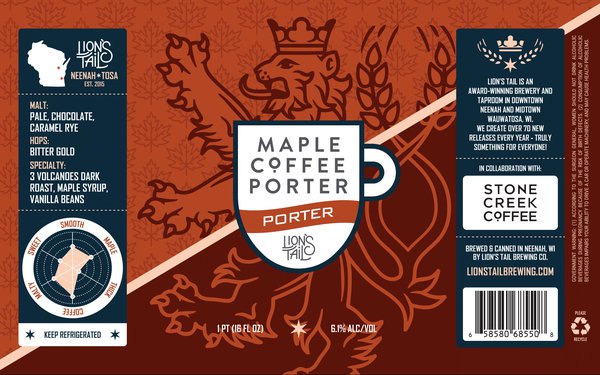Commentary
Beyond The Brew: Eye-Tracking Turns Into Active Dialogue
- by Laurie Sullivan , Staff Writer @lauriesullivan, July 7, 2025

Craft beer has become a crowded space with rising costs, slowing growth and tariffs. The labels attracting shoppers to beer might not be what most marketers think, so answers to questions like this one are critical to brands that must catch the consumer’s attention in seconds.
Quad’s Accelerated Marketing Insights team, a virtual testing platform that provides data to help marketers optimize campaigns and improve return on investment, conducted a study using eye-tracking technology at Ray’s Wine & Spirits in Wauwatosa, WI.
Shannon Anderson, director of client research at Quad, believes the findings have implications for brands looking to optimize packaging, and this type of visual data can serve as an indicator of purchase intent.
“When 84% of shoppers are coming into the store without a plan, brands that can break through visually have an opportunity to win in that final moment of decision-making,” Anderson said.
advertisement
advertisement
Branding an interaction stems from the ability to create a unique product label, which brands should begin to view not as a passive object, but as an active dialogue. That’s because the label should go well beyond static packaging into active conversations across search and social media.
Quad’s study was conducted in Fall 2024 through its Accelerated Marketing Insights division, which is part of the company’s broader marketing experience for media, creative, production, and data.
The Tobii 3 eye-tracking glasses used in the research recorded movements at a rate of 50 times per second to offer researchers details in how showers view and interact with physical packaging in real time.
The test analyzed how shoppers make buying decisions based on craft beer packaging.
After tracking the eye movements of 61 shoppers across 474 different craft beer options, the study found that bold illustrations and descriptive or thematic names outperform text-heavy labels.
It also found that consumers prefer pressure-sensitive labels, with unique textures and finishes. And stand-out designs — many of which could be created through generative artificial intelligence (GAI) because the brand has less than three seconds to grab a shopper’s attention.
In those three seconds bold and creative packaging isn’t optional. It’s what drives shoppers to buy. In the fall of 2024, Quad’s Accelerated Marketing Insights surveyed craft beer shoppers and used Tobii 3 eye-tracking technology to see what types of packaging captured their attention to drive purchases.
Shoppers said they looked for the package design. It was the third-most important consideration for choosing a beer, after flavor and price. Some 72% of consumers said the design of the beer packaging made them more likely to buy.
For the study, participants answered demographic questions and then shopped for craft beer. Some 474 different products from 124 craft beer brands were tested. Participants wore eye-tracking technology to measure the designs that grabbed attention and which did not.
Total fixation duration measures in seconds how long an eye-tracking survey participant looked at something. While this metric is the most closely tied to purchase intent. The longer something holds a shopper’s attention, the more likely they are to buy it.
The Gus Polinski beer had the longest total fixation duration. It was looked at for 1.37 seconds on average for the design, heavily Illustrated with minimal branding that identified as a mascot.
I do not drink beer, so I wouldn’t buy it, but I found it interesting that Lion's Tail Brewing Co’s Maple Coffee Porter was the most frequently purchased product in the study. Cans demonstrate various design trends, including the use of a pressure-sensitive label, descriptive or thematic names, and heavily illustrated designs. In this case the labels were not created with generative artificial intelligence (GAI), but they should have been.
Maple Coffee Porter was a standout because it conveys a different flavor, which participants identified as the second most important consideration for choosing a beer, after price.
After shopping, participants answered survey questions about their purchases. To measure the characteristics of packaging that grabbed shoppers’ attention, and why they chose the beers they purchased, AMI researchers measured total fixation, which means how long the person looked at the label.
Imagine putting criteria into a GAI platform as a prompt to create a label or product design. Large companies like Coca-Cola have used this tactic for years, but smaller companies have recently joined in to create personalized packaging and messages.
Companies are increasingly using AI to design product labels. AI-powered tools and platforms perfect the design process, enhance accuracy, and adapt labels to different branding or market needs. Changes in demographics and age group also could help while keeping consistency of brand values.



